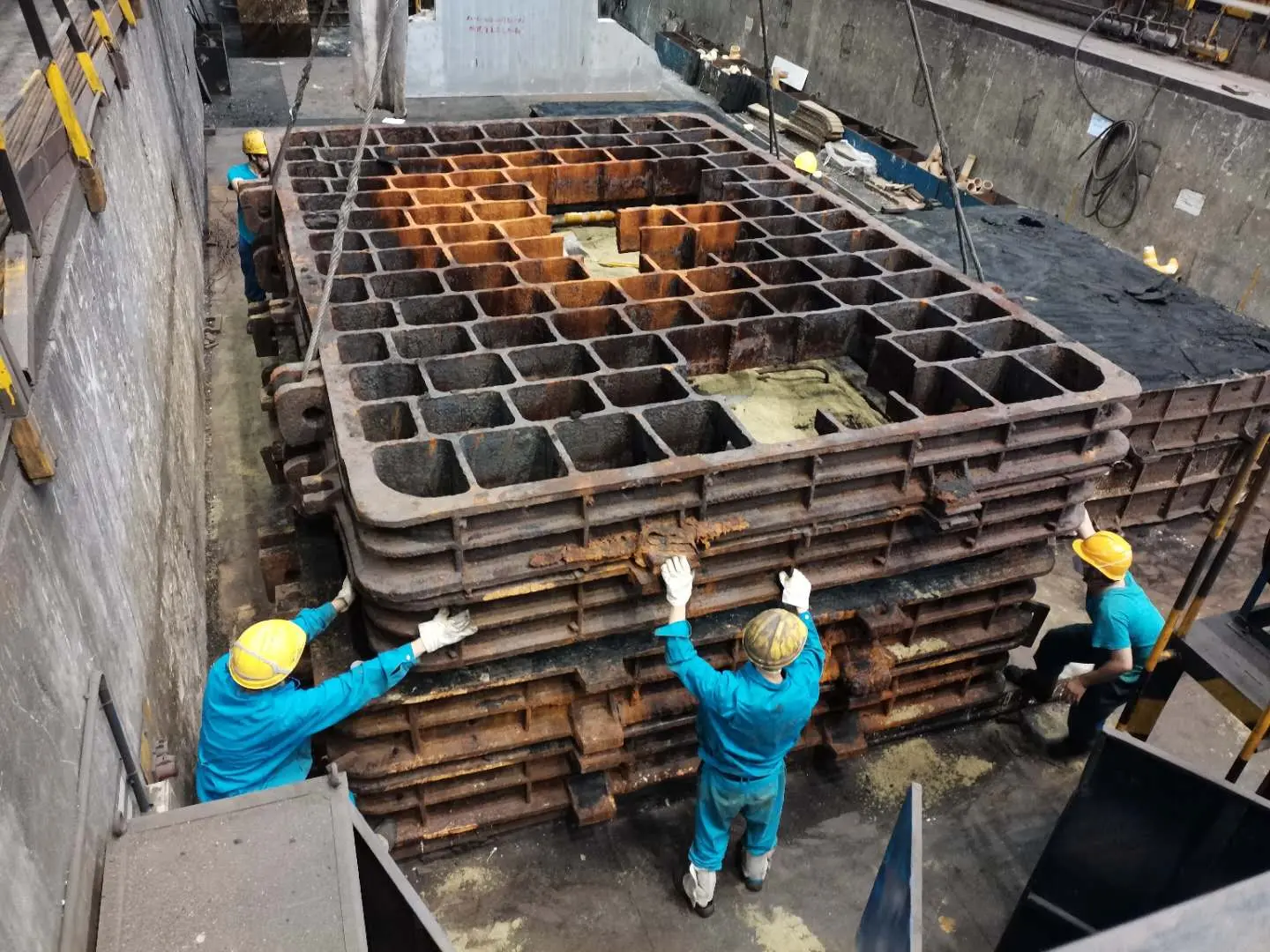Parting Sand in Foundry An Overview
The foundry industry plays a critical role in the manufacturing sector, providing essential components for various applications ranging from automotive to aerospace. One of the key materials utilized in this process is sand, specifically parting sand. This article explores the significance of parting sand, its characteristics, and its applications within the foundry environment.
Parting sand serves as a critical component in the mold-making process, acting as a separator between the two halves of a mold. Typically, molds are constructed from various materials such as metal, plastic, or sand itself. When using sand molds, parting sand becomes essential in preventing the two halves from sticking together during the casting process. This separation is crucial as it allows for the easy removal of the final cast product, ensuring a smooth and efficient operation.
Parting Sand in Foundry An Overview
The application of parting sand isn't limited to merely facilitating the separation of mold halves. It's also instrumental in improving the overall quality of the cast. An optimal layer of parting sand can prevent defects such as rough surfaces and unwanted inclusions. By providing a smoother surface, parting sand helps improve the aesthetic appearance of the final product while ensuring consistency and quality in casting shapes.
parting sand in foundry

In addition to its primary function, parting sand can also contribute to the longevity of molds. By reducing wear and tear between molding surfaces, it helps prolong the life of the molds, thus optimizing production efficiency and minimizing costs. Manufacturers utilize various techniques to apply parting sand, including pneumatic systems, hand application, or automated sprayers, tailored to meet the specific needs of each casting operation.
Furthermore, the properties of parting sand can be adjusted based on the specific requirements of a given casting environment. Different types of alloys and materials being cast may necessitate variations in the grain size or coating of the parting sand. This adaptability is crucial for foundries as they seek to balance costs with quality.
Recycling parting sand is another important consideration within foundries. Traditionally, parting sand was disposed of after each casting cycle, contributing to significant waste. However, with increasing sustainability efforts, many foundries are now reusing their parting sand, which not only reduces waste but also lowers the costs associated with purchasing new materials. By implementing proper screening and cleaning processes, foundries can maximize the reuse of parting sand without compromising on quality.
In conclusion, parting sand is an indispensable material in the foundry industry, serving crucial roles in ensuring the successful casting of metals. Its properties aid in mold separation, enhance the surface quality of casts, and contribute to the efficiency and longevity of molds. As foundries continue to evolve toward more sustainable practices, the reuse and management of parting sand will likely become an increasingly vital aspect of operations. Therefore, understanding the significance of parting sand and its applications will be fundamental for anyone involved in the foundry industry, as it directly impacts both quality and efficiency in manufacturing.
Post time:دسمبر . 10, 2024 03:47
Next:Key Findings and Insights on Sand Casting Techniques and Applications
